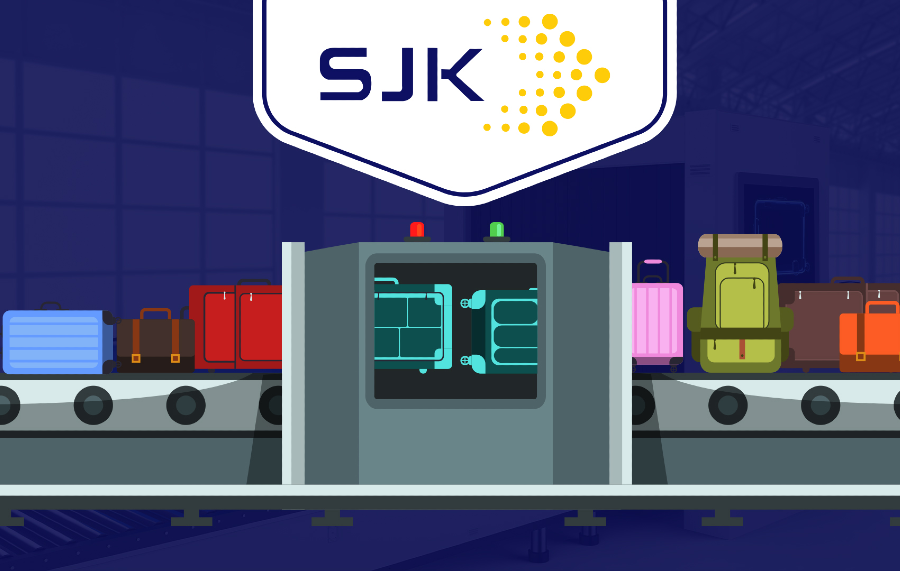The Contactless Package Transporting System
In a world that has rapidly embraced technology and innovation, it's no surprise that airports are continuously striving to improve their efficiency and passenger experience. One such innovation that has been gaining traction is the contactless package transporting system. This cutting-edge technology is transforming the way airports handle cargo and packages, making the process faster, more efficient, and, most importantly, contactless.
A Contactless Package Transporting System is a system designed to transport packages or goods without the need for physical contact between the transport mechanism and the items being transported. This technology is often used in various industries to improve efficiency and minimize human intervention.
The Need for Contactless Packaging Systems in Airports
Airport logistics have always been a complex dance of precision and coordination. The traditional method of transporting packages within airports relied heavily on manual labor, often involving a multitude of handlers, carts, and conveyor belts. However, the COVID-19 pandemic underscored the need for more efficient and, above all, contactless solutions.
These systems employ a combination of robotics, automation, and advanced sensors to streamline the movement of packages throughout the airport. Packages are placed onto robotic trolleys or conveyors equipped with scanners that read barcodes or RFID tags. From there, autonomous robots or guided conveyor belts transport the packages to their intended destinations within the airport.
Contactless Packaging Systems in ATRS
Contactless package transporting systems play a crucial role in Automated Tray Retrieval Systems (ATRS) by incorporating conveyor belts and automated sorting mechanisms designed to minimize physical contact with checked baggage. These systems utilize technologies like smooth roller surfaces to ensure gentle handling, while advanced features such as barcode scanning, RFID, or computer vision enable efficient and accurate baggage sorting. The key benefits of contactless ATRS include reduced risk of damage to passengers' luggage, improved operational efficiency, and enhanced airport security through automated baggage screening and tracking, ultimately contributing to a smoother and more reliable passenger experience.
Benefits of Contactless Baggage Systems in ATRS
1. Enhanced Sanitation: Contactless package transporting systems reduce the need for human touch, minimizing the risk of contamination and ensuring a safer environment for both passengers and airport employees.
2. Faster Turnaround Times: By reducing the reliance on manual labor, these systems significantly speed up the processing of packages.
3. Reduced Human Error: Automation and robotics are less prone to errors than humans. This reduces the chances of misrouted or lost packages, which can be costly and time-consuming to rectify.
4. Cost Savings: Over time, airports can save on labor costs as they rely more on automated systems.

The Future of Airports
SJK Innovations has patented and implemented airport automation systems in several airports throughout India, including notable ones like MOPA International Airport in Goa and DIAL (Delhi International Airport Limited). These innovative systems are meticulously designed to monitor all aspects of security, guaranteeing passenger safety and preventing any violations of the law. Moreover, the Automatic Tray Return System, developed by SJK Innovations, is expertly crafted to boost efficiency, reduce waiting times, and facilitate smoother passenger movements. The ATRS, created by SJK Innovations, offers unmatched customization capabilities, allowing it to meet the unique needs of airports regardless of their size, whether they are compact regional facilities or expansive international terminals.
SJK's Automated Tray Retrieval System (ATRS) is specifically engineered to seamlessly integrate into various infrastructures, accommodating the specific requirements of each airport while significantly enhancing passenger satisfaction. Its adaptable nature makes it suitable for deployment in a wide range of airports, from smaller regional airstrips to bustling global travel hubs, thereby ensuring consistent security standards and streamlined operations.

